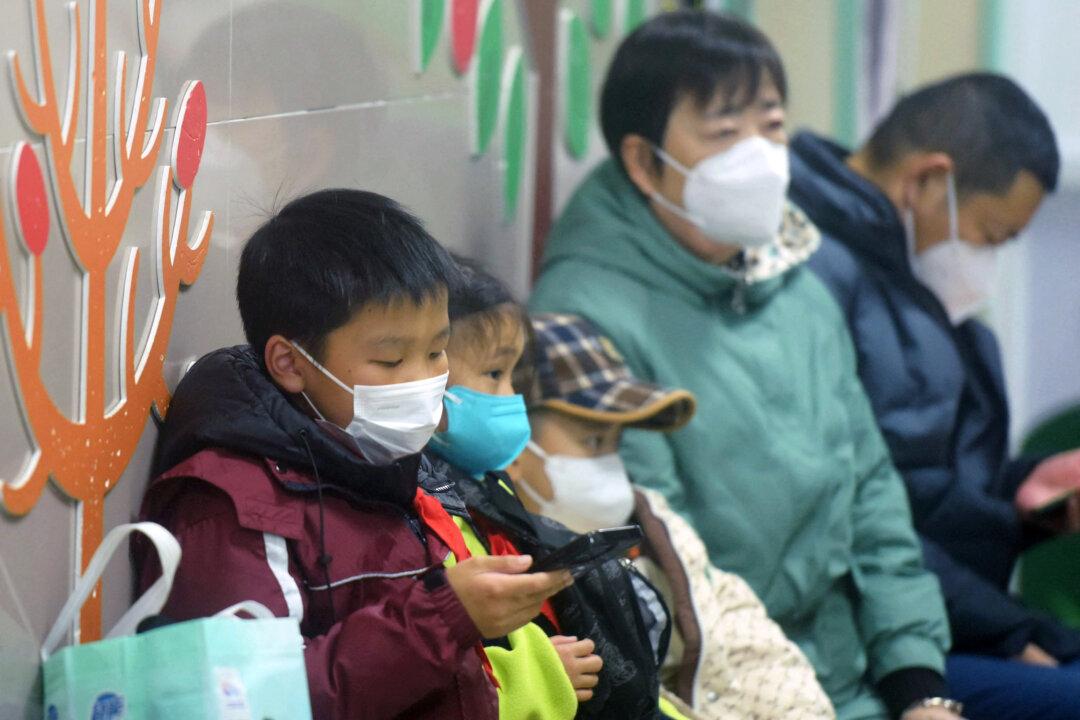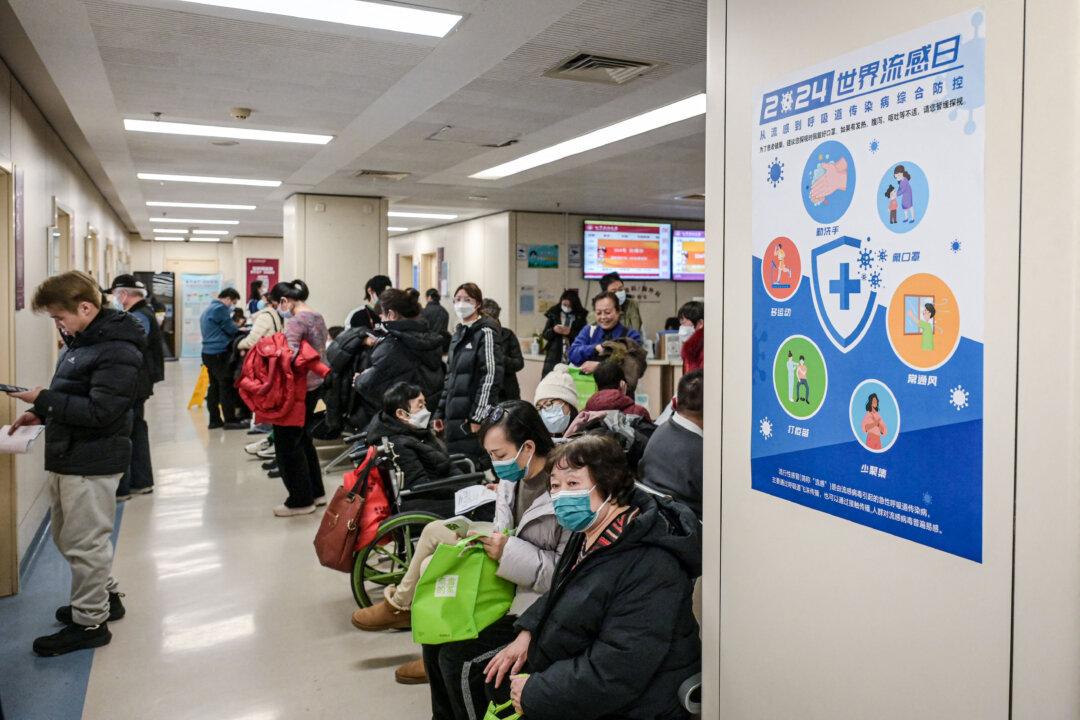At least 16 provinces in mainland China have recently experienced a new round of COVID-19 outbreaks.
Tougher restrictions have been implemented in northern China, with manufacturing and business operations and border ports shutdown, city services and transportation suspended, and people are not allowed to move in and out of the city, leaving travelers stranded, and some residents even having difficulty accessing food.
Mainland media “Heilongjiang Daily” reported on Oct. 28 that the COVID-19 epidemic in China reflects a serious situation as it spreads from multiple points. According to official reports, on Oct. 27, four new cases of local transmission were confirmed in Heilongjiang.
On Oct. 28, a local resident surnamed Wang living in South Street of Heihe City, Heilongjiang Province, told the Chinese language Epoch Times that one of the confirmed cases was a native of the city who was diagnosed at the Heihe Traditional Chinese Medicine Hospital.
“We local people know something, but we dare not say it openly. This is the second time this year that the city has been locked down. Since yesterday (Oct. 27) morning, the whole city has been shutdown and all the shops have been closed,” Wang said. He added that the whole city is going through a second round of nucleic acid testing. He said he had heard plans for at least five rounds of testing.
Heihe City officials announced on Oct. 27 that the city was implementing its most stringent controls yet over the urban community from midnight Oct. 28. Except for some essential departments, such as water, electricity, gas heating, and communication and security, all business are suspended. Except for some staff from government-approved departments, individuals are not allowed to go outdoors; and supermarkets, warehouses, grocery stores, and pharmacies are only open for limited trading hours. People and vehicles are prohibited from entering or leaving the city unless deemed necessary by the authorities, and transportation services such as buses and taxis have also been stopped. Local media said on Oct. 29 that some flights and trains have also been cancelled.
The Epoch Times obtained a video showing a mass COVID-19 testing site in Heihe city on Oct. 27.
Jiamusi, another city in Heilongjiang that is close to the Russian border, has been put under emergency lockdown for seven days until Nov. 3. The city has banned tourists from entering for travels. Local authorities also announced tougher restrictions on gatherings, and banned people from visiting nursing homes and mental hospitals.
A staff member from a drugstore in Xiangyang District of Jiamusi City told the Chinese language Epoch Times that from Oct. 28, all cold, fever, cough, heat-clearing and detoxifying drugs will not allowed to be sold to individuals.
“If you have symptoms of cold and fever, you have to go to the hospital to have it checked,” the staff member, adding that they weren’t sure when the sales ban would be lifted.
A severe outbreak recently spread in Inner Mongolia, with Ejina Banner being the center of the epidemic. On Oct. 29, citizens of the border city Ceke told reporters that the port of entry has been closed, as well the capital of Hohhot. Both of them are major ports for supplying coal to the rest of China.
A local resident surnamed Li, told the Chinese Epoch Times on Oct. 27 that the area has been blocked for more than ten days.
“Quanqi School has been closed since Oct. 17, and factories and shops have been shutdown. No one is allowed to go out,” he said. “Ceke Port is mainly for importing coal, and it is now totally closed.”
Another resident Bai said that under the continued lockdown, there is no more food for many households, and tens of thousands of tourists are stranded.
Since the Chinese communist regime has consistently covered up the real situation of COVID-19 epidemic in China since the start of the outbreak in Wuhan, official statistics may not reflect the real number of cases and deaths.




